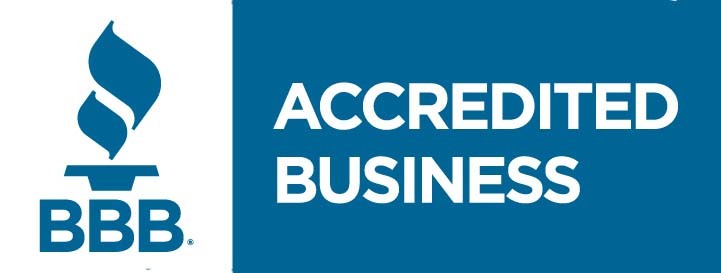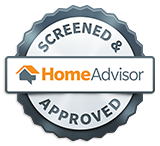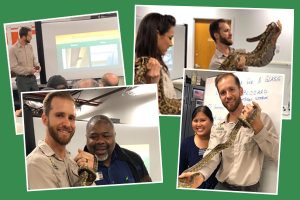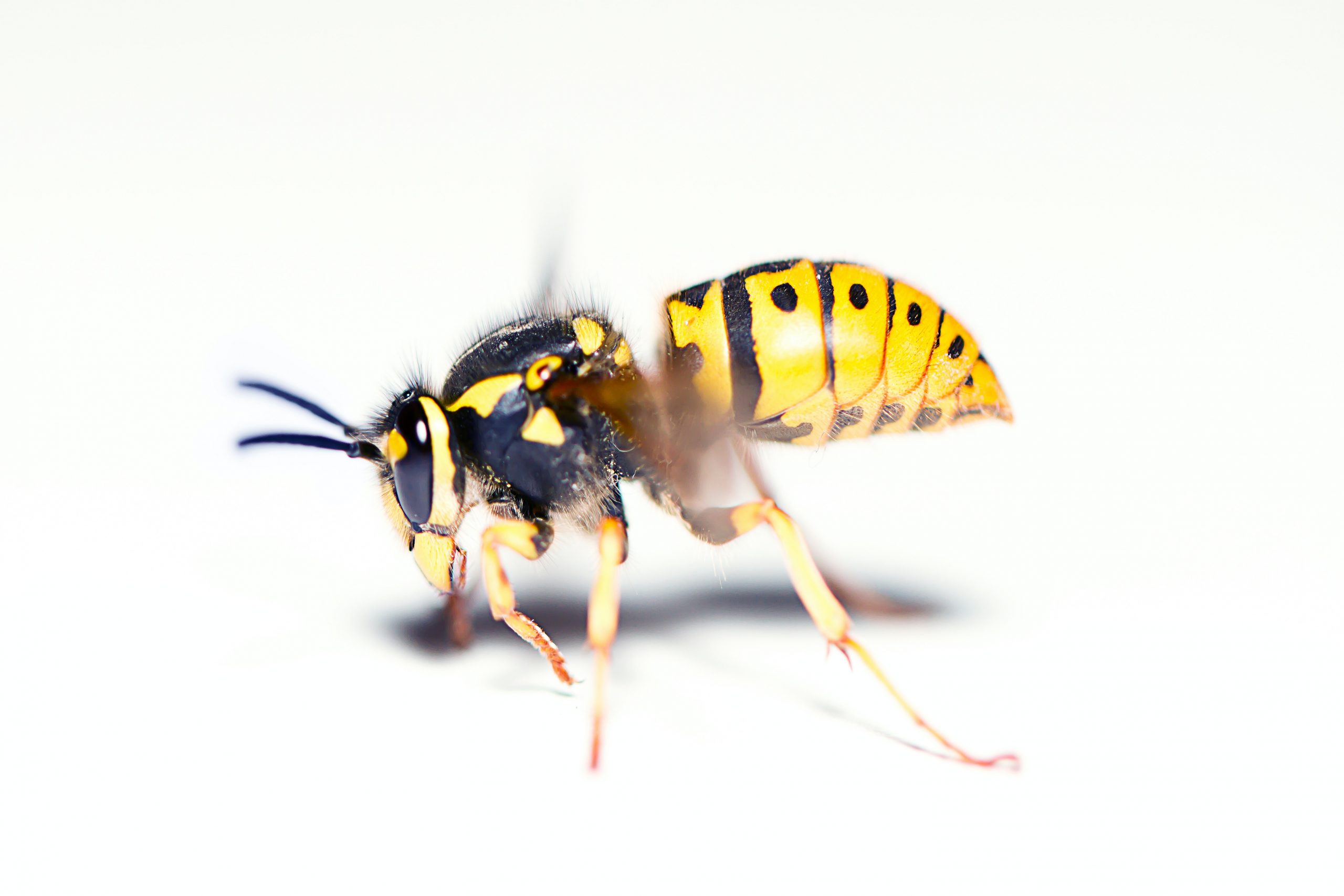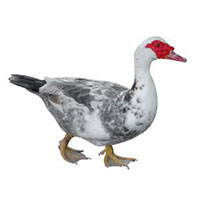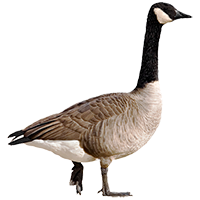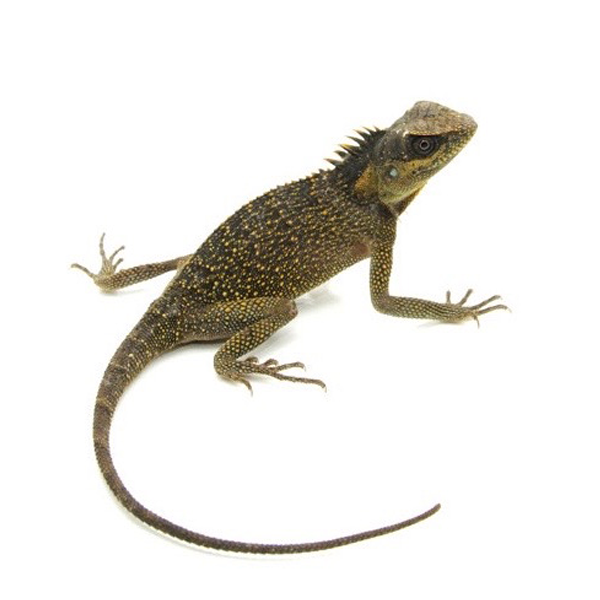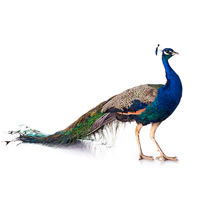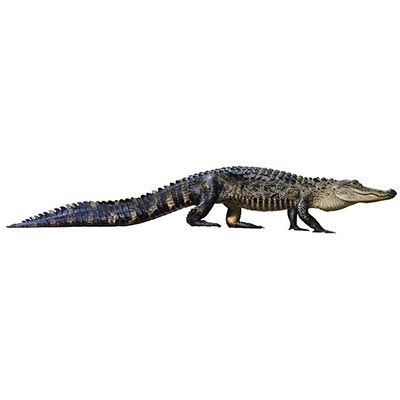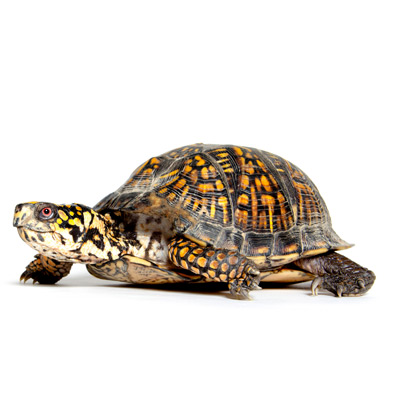Woodpecker Removal Services – Florida Control
Identifying Woodpeckers
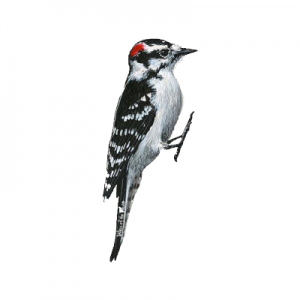 Woodpeckers are interesting birds and a beneficial part of our natural environment. In man’s urban environment, these nuisance birds can cause serious damage to residential and commercial property and become a nuisance. Many species of woodpeckers are found in Florida and vary in size and color. All woodpeckers are capable of damaging buildings. Woodpeckers are migratory, non-game birds protected by the Federal Migratory Bird Act.
Woodpeckers are interesting birds and a beneficial part of our natural environment. In man’s urban environment, these nuisance birds can cause serious damage to residential and commercial property and become a nuisance. Many species of woodpeckers are found in Florida and vary in size and color. All woodpeckers are capable of damaging buildings. Woodpeckers are migratory, non-game birds protected by the Federal Migratory Bird Act.
What woodpeckers look like:
Small to medium in size, woodpeckers range from 7 to 15 inches in length. They have distinct plumage that features patterns of black, brown, and white, as well as vivid red markings around their faces. Unlike other birds, woodpeckers have one or two backward pointing claws, called a zygodactyl foot, which allow the pests to easily climb and grasp trees and structures. Woodpeckers also possess sticky, barbed tongues used to dislodge and grasp food.
What to listen for:
During courtship, most male woodpeckers claim their territory through flight displays, calling and/or drumming. Surfaces for drumming, a form of communication between woodpeckers, are readily available in our urban and suburban areas. Wood siding, cedar siding, chimneys, chimney caps, rain gutters, down spouts and vent caps provide an excellent platform for this “drumming” practice. While little damage may occur, the “drumming” can be very annoying.
How Woodpeckers Feed:
Wood on your home is one of the major sources of insects that woodpeckers seek as food. Wood used in man-made structures may contain this food source even if it is a utility pole, fencepost or wood siding on a house or chimney. They will actively search for insects or other food and this means pecking or chipping the wood or stucco.
Woodpeckers feeding on homes can be very damaging. Woodpeckers will drill holes in wood (cedar, pine, etc) and synthetic stucco (dryvit) siding, eaves, soffits and decks. Common insects woodpeckers feed on are Carpenter Bees, Paper Wasps, Carpenter Ants, Argentine Ants, Ladybugs and other beetles. Anytime woodpeckers have taken an interest to your home or building, determining the presence of these, or other insects can help speed up the process of bird control.
How Woodpeckers Nest:
Woodpeckers that utilize a building for feeding and drumming may also nest there. Nesting holes may be hammered completely through wood, siding or stucco. Often a number of these cavities will be started until the bird finds a suitable site for a nest.
Various species of woodpeckers can be found and heard throughout the forested regions of North America. Known for their habit of drumming on trees in search of food, woodpeckers use their stiff tail feathers for balance and powerful neck muscles to drive the blows. The bird has a thick skull which allows for shock absorption, as well.
How woodpeckers harm property:
Woodpeckers can cause extensive property damage by drilling holes in wood siding. Most damage occurs in the spring and fall when males attempt to attract mates with territorial hammering. Some species of woodpeckers will actually store food supplies, such as acorns and nuts, in drilled-out areas beneath wooden siding and shingles. Sapsucker woodpeckers weaken trees over time with their constant drilling, which leaves the affected trees susceptible to harmful insects and diseases.
Contacting trained wildlife professionals ensures that the offending woodpeckers will be removed humanely.





